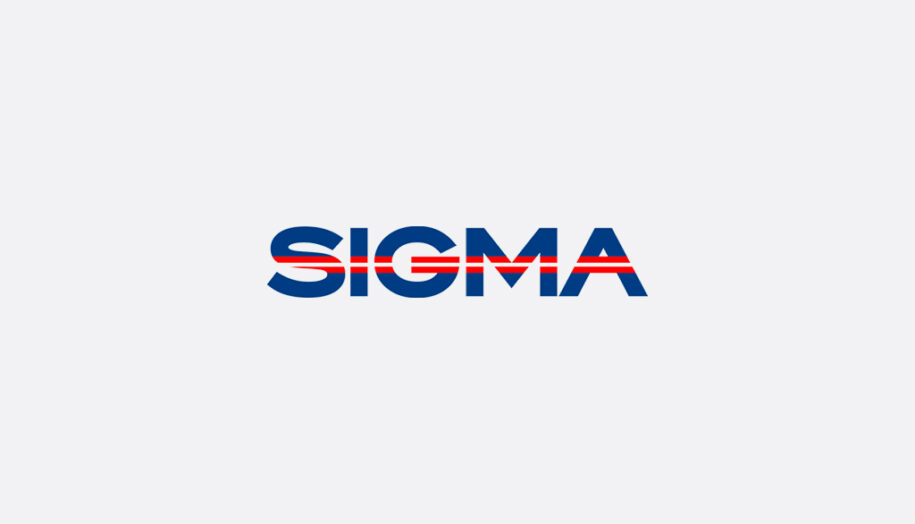Keeping Up With the “Big Guys”
Fuel retail is a competitive industry and especially difficult for smaller stores that must face off against recognizable national brands with big advertising budgets and the ability to purchase vast amounts of items for sale at scale.
David Poulnot, vice president of multi-vertical sales at Upside, brings over a decade of retail experience to his role. At Upside, he has expanded the company’s fuel and convenience store offerings to over 30,000 stations nationwide, which represents approximately 20% of all U.S. gas stations. This achievement underscores his close collaboration with major brands such as Shell, bp, Circle K, Casey’s, and RaceTrac.
According to Poulnot, many of the c-stores in the United States are smaller mom-and-pop entities, but there are also many large chain c-store companies that have made a name for themselves in the industry.
“All c-store retailers, large and small, are facing three main challenges today,” Poulnot says. “Shoppers are increasingly price-sensitive, which means cost-passing is not a viable method to address rising operating costs. Consumers report spending less on 10 of the 13 categories of items that they traditionally buy from c-stores, including baked goods, candy, and alcohol.
C-stores also are facing a new competition from retailers previously viewed as outside the industry, like grocery and big-box retailers.”
Len Covello, CTO of global loyalty technology company Engage People, adds that one of the biggest challenges for smaller convenience store retailers is staying competitive with digital offerings and programs, including adopting digital payment options and enhancing their online presence.
